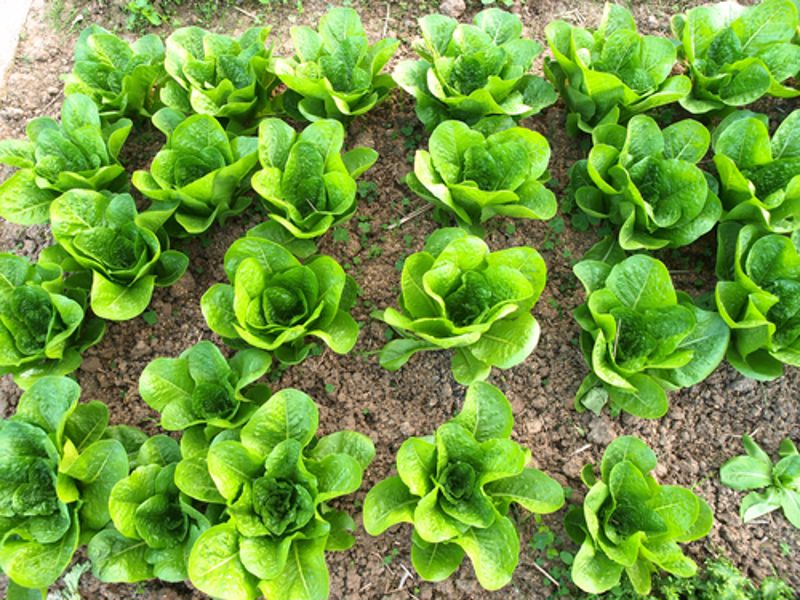Due to a variety of environmental factors — such as drought, stifling temperatures and crop disease — lettuce availability has slipped, as growers have been hammered by uncooperative weather for the past couple of years. Indeed, in 2021 lettuce production fell 11% compared to the previous year, according to the United States Department of Agriculture. It isn't just one kind of lettuce, either — from romaine to bib to iceberg and more, the leafy green shortage is widespread. As a result, it's pushed prices northward, up almost 18% in October compared to 12 months earlier, USDA reported separately. This compares to a dip of 8% over the same period for fresh vegetables as a whole.
Since lettuce is a staple ingredient in a host of restaurant offerings, quick-serve entities have warned some of their customers about the lack of lettuce. Some of the fast-food chain franchises that have issued statements about the shortage include Taco Bell, Subway and Chick-fil-A. On its website, the eatery famous for its chicken sandwiches informs visitors that their menu selections "may be unavailable or prepared differently" for the foreseeable future, Parade noted.
Restaurants that specialize in lettuce, or for whom changing the vegetable would compromise quality or customer satisfaction, are issuing surcharges on lettuce, but informing buyers of their temporary policy through signage, Restaurant Business Online reported.

Shortage blamed on extreme heat and blight
Major lettuce suppliers, meanwhile, are well aware of the lettuce crisis. Speaking to the issue during a quarterly earnings conference, Dole Chief Operating Officer Johan Linden attributed the problem to an unusually bad stretch for harvesting. For example, iceberg lettuce production is down 40%, which Linden said has been mainly due to extreme heat in states like California and Arizona, Supply Chain Dive reported.
Another contributor to the shortage is disease. As noted in Salinas Valley Agriculture, a publication produced by the Grower-Shipper Association of Central California, a virus called Pythium wilt has plagued growers' fields since 2015, becoming particularly pervasive in 2020 and persisting since. The disease, which causes lettuce to wilt and rot prematurely and is caused by water mold, primarily affects green leaf lettuces, as opposed to red leaf.
Impatiens Necrotic Orthotospovirus, otherwise known as INSV, has also ravaged growers and cut into their profits.
While food prices in general have experienced some of the biggest increases in prices fueled by inflation, the cost of lettuce has grown exponentially over the past several years. A box of iceberg lettuce on the open market cost $14 in 2019, according to Restaurant Business Online. Today, it's $63 per box, a near 400% increase.
Suppliers remain confident that the lettuce deficit shouldn't last much longer, with Dole anticipating improvement within the first month of the new year. Prices may come down by then as well, depending on the degree to which supply normalizes and demand softens.



Post A Comment:
0 comments so far,add yours